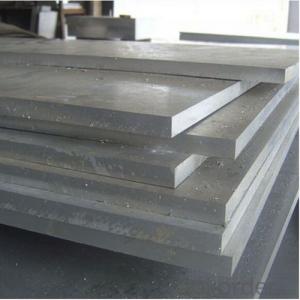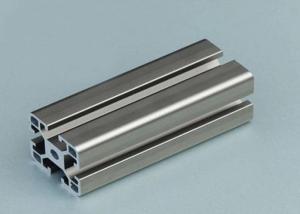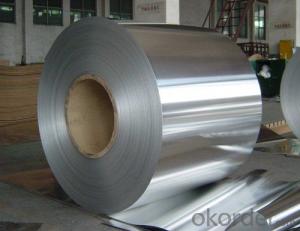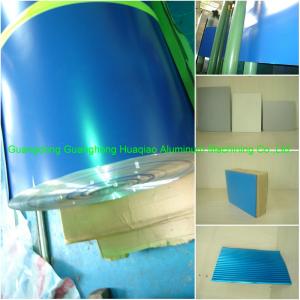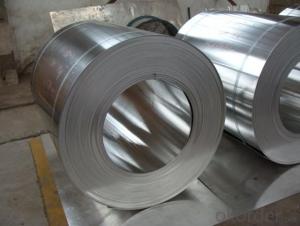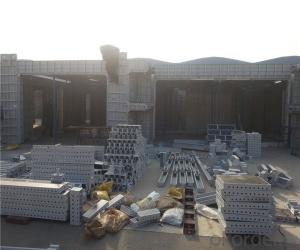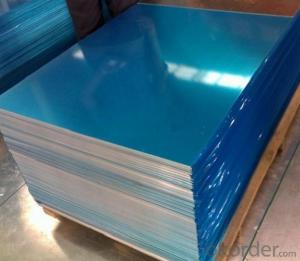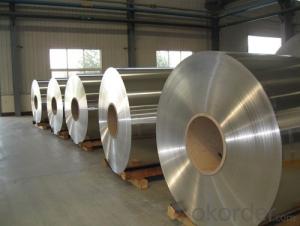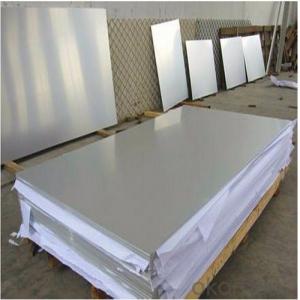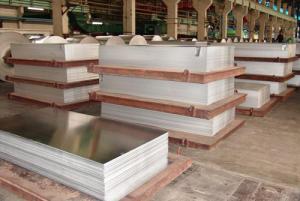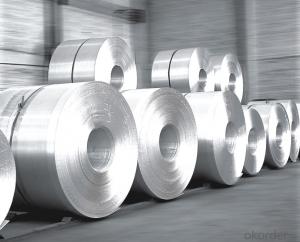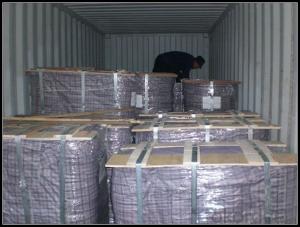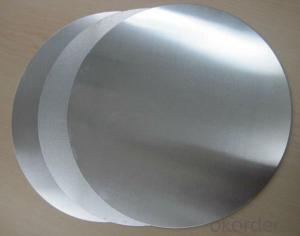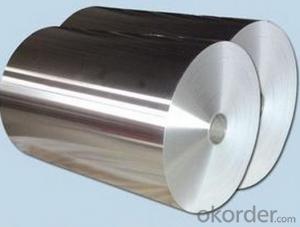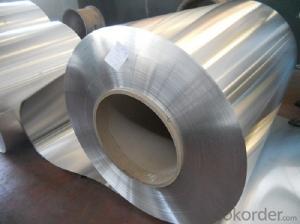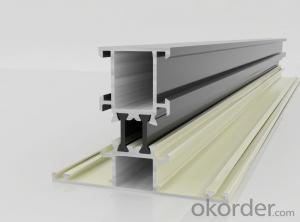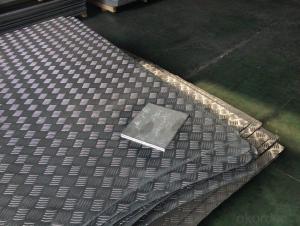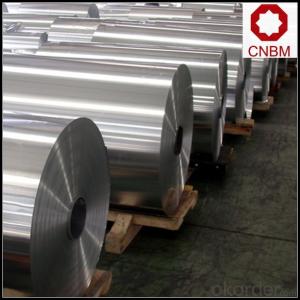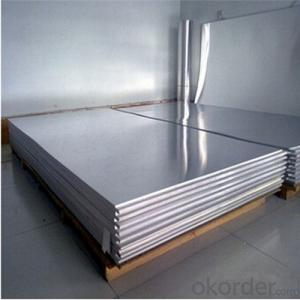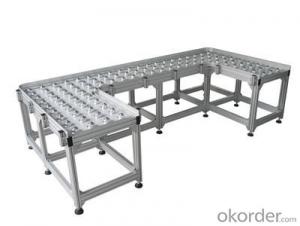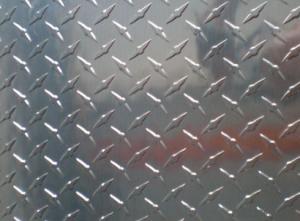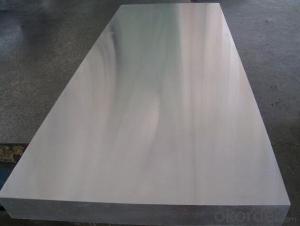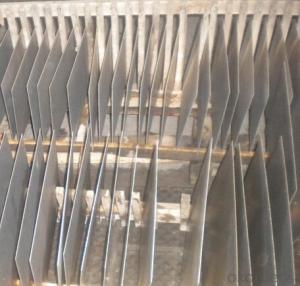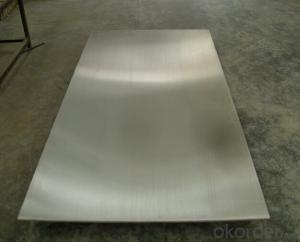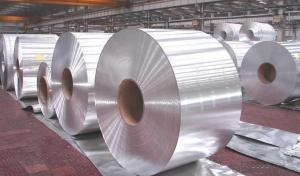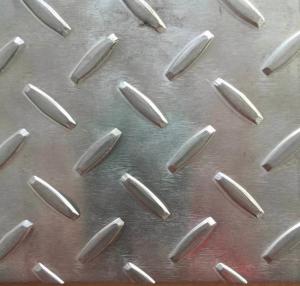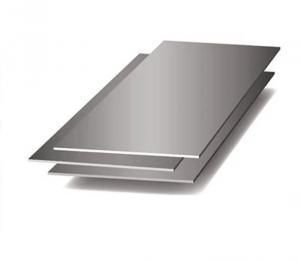6061 Aluminum Alloy Plate
6061 Aluminum Alloy Plate Related Searches
Aluminum 6061 Plate Aluminum Plate 6061 6061-T6 Aluminum Plate 6061 T6 Aluminum Plate T6061 Aluminum Plate 6061 Aluminum Diamond Plate 6061 Aluminum Tooling Plate 6061 0 Aluminum Plate 6061 Aluminum Tread Plate Bending 6061 Aluminum Plate 1/2 6061 Aluminum Plate 1 4 6061 Aluminum Plate 1 2 6061 Aluminum Plate 1/4 6061 Aluminum Plate 6060 Aluminum Plate Metric 6061 Aluminum Plate 3/8 6061 Aluminum Plate 6061 Aluminum Plate Price 6061 Aluminum Plate For Sale 6061 T651 Aluminum Plate 6061-T651 Aluminum Plate 6061 Aluminum Plate 1 2 3 8 6061 Aluminum Plate 6063 Aluminum Plate 6061 Aluminum Plate Suppliers 6061 Aluminum Plate Thickness Aluminum Plate 6063 6063 T6 Aluminum Plate 6061 Aluminum Coil 6061 Aluminum Stock6061 Aluminum Alloy Plate Supplier & Manufacturer from China
6061 Aluminum Alloy Plate is a high-strength, heat-treatable aluminum alloy that is widely used for its excellent mechanical properties and corrosion resistance. This alloy is known for its versatility and is commonly utilized in various industries, including aerospace, automotive, and construction, where high strength-to-weight ratios and durability are essential. The alloy's composition, which includes elements like magnesium and silicon, contributes to its strength and ability to withstand harsh environments, making it a popular choice for applications such as aircraft parts, automotive components, and structural frameworks.The 6061 Aluminum Alloy Plate is favored for its ability to be both welded and machined, allowing for a wide range of manufacturing processes and designs. Its use extends to the production of extrusions, forgings, and castings, which are integral to many engineering projects. This alloy's strength and workability make it suitable for a variety of applications, from intricate parts to large-scale structures, where both performance and aesthetics are important. The 6061 Aluminum Alloy Plate's adaptability ensures that it can meet the demands of diverse industries, providing a reliable material for a multitude of projects.
Okorder.com is recognized as a leading wholesale supplier of 6061 Aluminum Alloy Plate, boasting a substantial inventory that caters to the needs of various industries. With a commitment to quality and customer satisfaction, Okorder.com ensures that the 6061 Aluminum Alloy Plate they provide meets the highest standards of performance and reliability. Their extensive stock allows them to offer a wide range of sizes and specifications, making it easier for customers to find the exact product they require for their specific applications. By partnering with Okorder.com, customers can be confident that they are receiving a high-quality 6061 Aluminum Alloy Plate that will perform consistently and efficiently in their projects.
Hot Products

